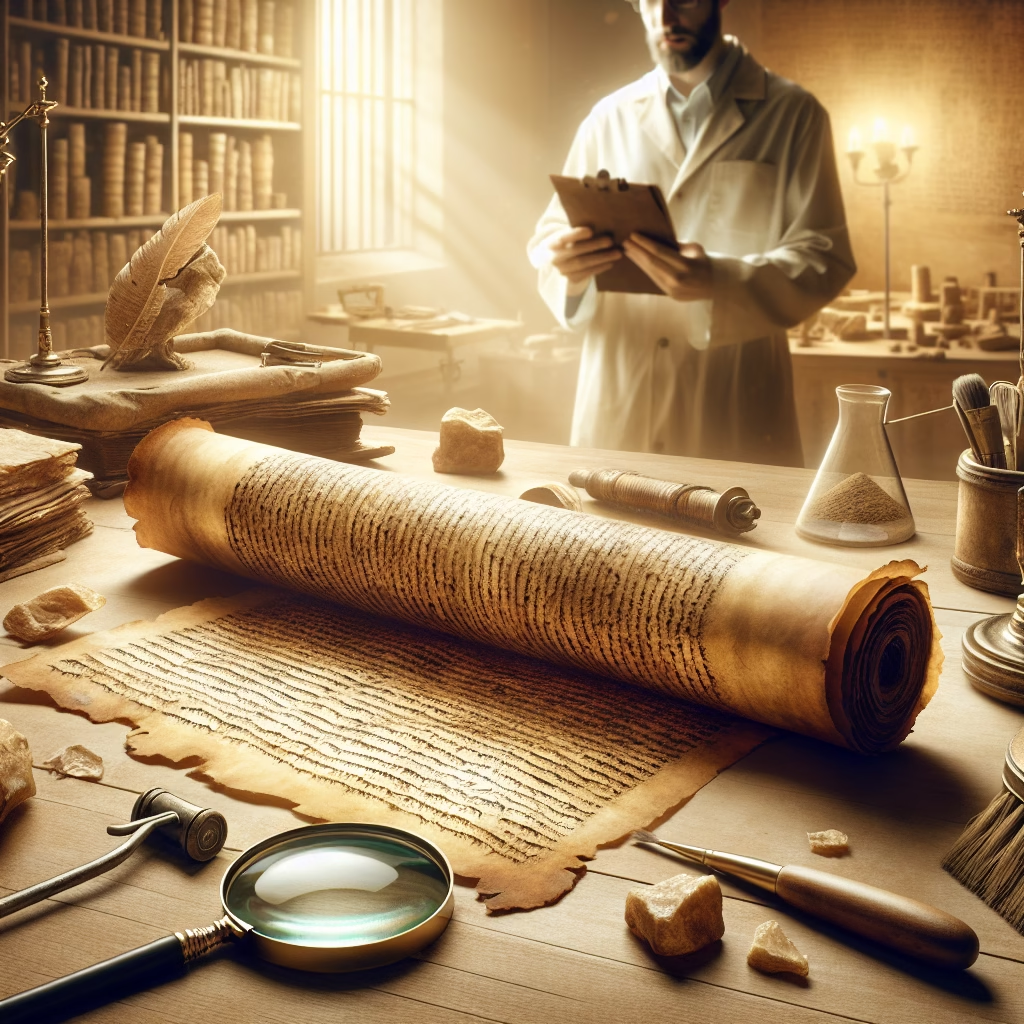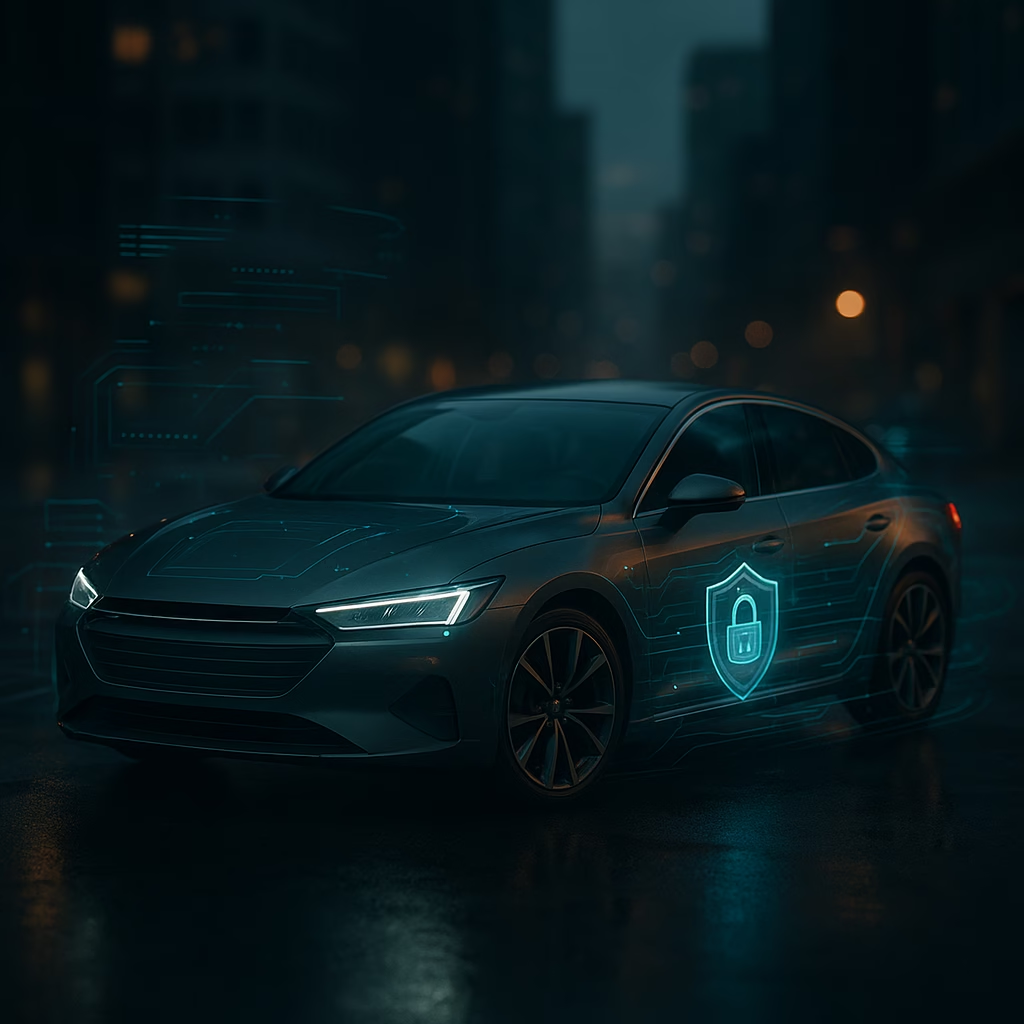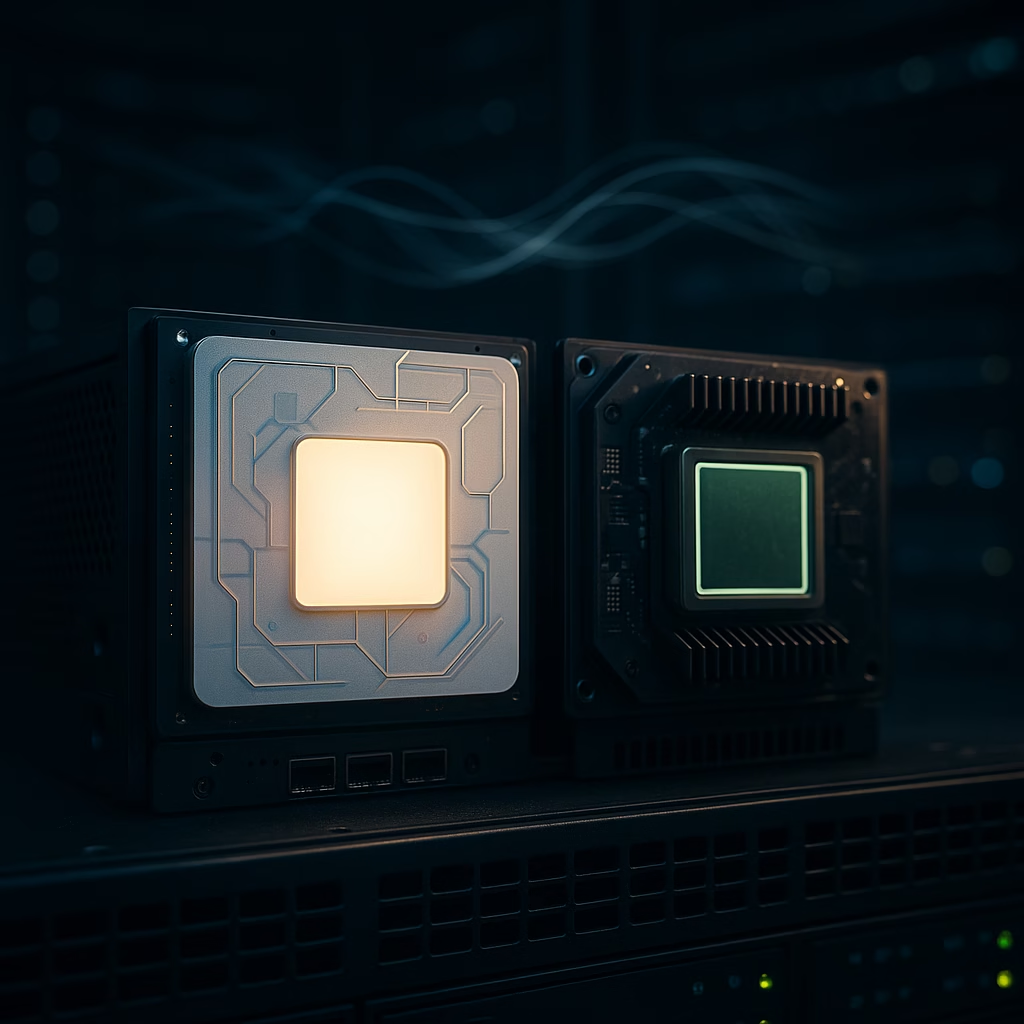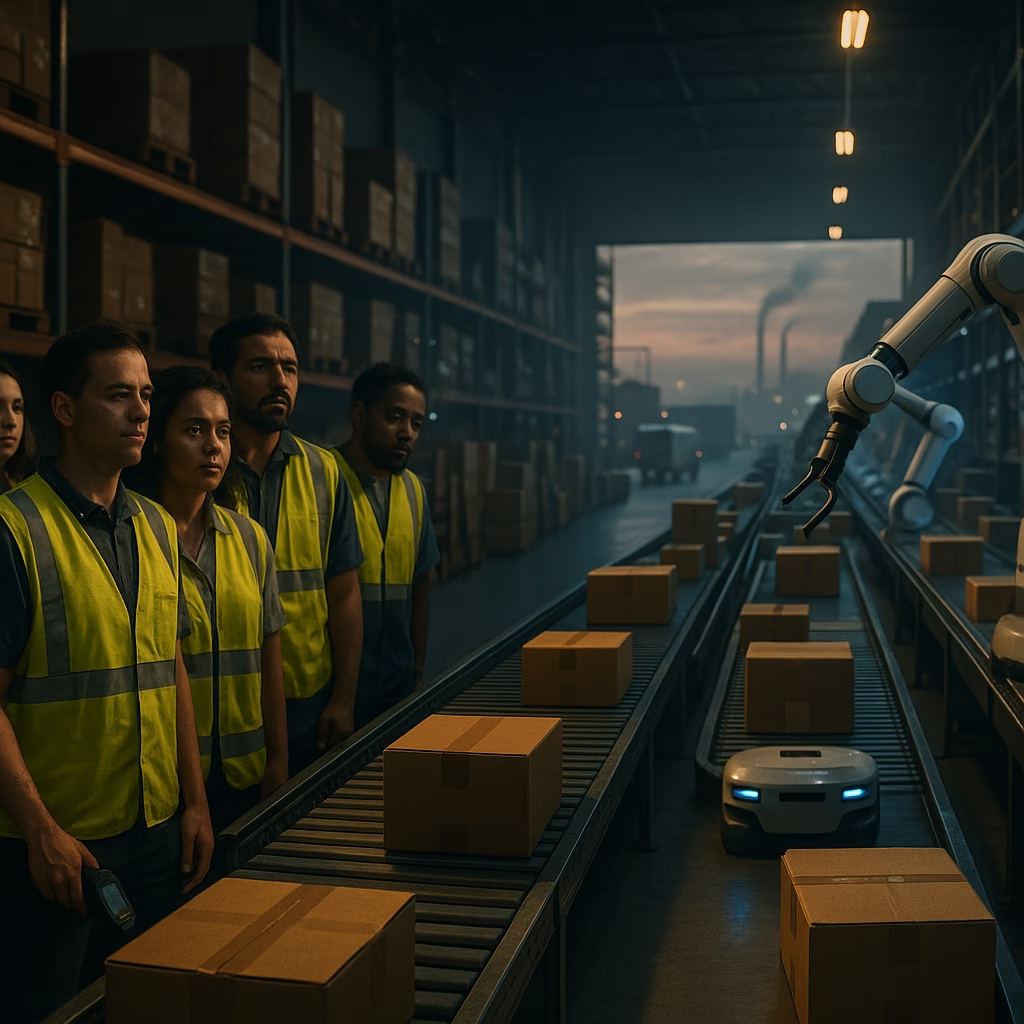AI-Powered Carbon Dating Reveals Dead Sea Scrolls Are Older Than Previously Thought
Rewriting History with Technology: New Findings on the Dead Sea Scrolls
In a stunning blend of innovation and ancient history, scientists have employed cutting-edge artificial intelligence (AI) technology to reveal that some of the famed Dead Sea Scrolls are significantly older than previously believed. Originally discovered in the late 1940s in the Qumran Caves of the Judean Desert, the scrolls are among the most important archaeological discoveries in human history. They contain religious texts, legal documents, and other writings that have reshaped our understanding of early Judaism and the context of early Christianity.
Thanks to a collaboration between archaeologists, materials scientists, and AI researchers, this latest breakthrough significantly adjusts the historical timeline of these invaluable manuscripts.
AI Meets Archaeology: A Dynamic Duo
For decades, scholars dated the Dead Sea Scrolls using traditional radiocarbon dating methods in conjunction with paleographic analysis—the study of ancient handwriting. These approaches provided useful estimates, placing most of the scrolls between the 3rd century BCE and 1st century CE.
However, conventional radiocarbon dating has its limitations, including:
- Sample degradation due to age and environmental exposure
- Limited sample sizes due to the fragile nature of ancient materials
- Linear data interpretations with potential errors and inconsistencies
That’s where AI steps in. With the aid of machine learning algorithms trained to detect subtle patterns in radiocarbon decay, scientists at Tel Aviv University and MIT were able to reassess fragment samples more accurately. These models use Bayesian inference and deep learning to give a clearer picture of organic material aging—going beyond the capabilities of traditional statistical methods.
What the AI Discovered
What the AI-powered reanalysis uncovered was nothing short of groundbreaking: several of the scroll fragments, including those from key biblical texts like Deuteronomy and Isaiah, may be up to 100 years older than previously estimated. That shifts their origins closer to the 4th century BCE.
Here are a few key takeaways:
- Refined Chronology: Redesigned dating models suggest some scrolls were produced emerging out of the Persian period, rather than just the Hellenistic era.
- Textual Relevance: This earlier dating places certain scrolls closer in time to the final redactions of the Hebrew Bible, potentially impacting theological interpretations.
- Historical Impact: The shift challenges previously held beliefs about literacy, scribal culture, and religious practices in Ancient Judaea.
Deeper Implications for Biblical Scholarship
This revelation holds serious implications for historians of religion. If some of the scrolls predate the established canonization periods of the Hebrew Scriptures, it may suggest the existence of more diverse textual traditions than scholars accounted for.
Furthermore, earlier chronology might indicate:
- A longer period of scriptural interpretation and community commentary
- More prolonged coexistence of competing religious doctrines
- Greater complexity in the development of Second Temple Judaism
Could It Change the Canon?
While it’s unlikely the established religious texts will be rewritten, scholars may revisit some theological narratives with new perspectives. For example, the slightly earlier dating raises questions about the evolution of apocalyptic literature and sectarian developments among Jewish communities.
By enabling greater chronological precision, AI allows scholars to revisit long-standing theories about document authorship and community origin. This may also affect how future scroll discoveries—particularly any still buried in unexplored caves—are interpreted.
How AI Enhances Carbon Dating
Carbon-14 dating works by measuring the decay of radioactive carbon atoms in organic material. It’s long been indispensable for archaeology, but results can sometimes provide wide or ambiguous date ranges.
AI helps refine this process through the following innovations:
- Enhanced Calibration: AI models analyze massive datasets of carbon decay across varying climate scenarios to increase contextual accuracy.
- Minimal Destruction: Unlike traditional methods requiring substantial material, AI processing allows for micro-level sample analysis—vital for preserving fragile scrolls.
- Pattern Recognition: Deep learning algorithms recognize subtle decay deviations that human experts might miss, resulting in far more precise age estimates.
These capabilities mean scientists can re-examine past data sets with fresh eyes and extract better information from limited physical evidence.
The Future of Historical Research with AI
This technological advancement is only the beginning. Experts believe AI will soon revolutionize not just carbon dating, but many aspects of archaeological research, from deciphering ancient languages to reconstructing fragmented artifacts.
Future areas of development include:
- AI-driven paleographic analysis to identify scribal hands and authors
- Machine learning models for understanding ancient linguistic transformations
- Enhanced 3D reconstructions of archaeological sites using computer vision
Preserving the Past for Future Generations
What makes this development so exciting isn’t just the science—it’s what it means for humanity. By better understanding our ancient origins, we can more deeply appreciate how culture, religion, and knowledge have evolved over millennia.
Some researchers are even calling this new AI-enhanced dating method the beginning of a “digital archaeology renaissance.” And with more ancient manuscripts yet to be discovered—or rediscovered—the next few years may yield even richer insights.
Conclusion: A New Chapter in Ancient History
The use of AI to re-date the Dead Sea Scrolls is a revolutionary milestone in both science and humanities. This unprecedented level of accuracy allows historians to construct more reliable timelines and opens doors to reinterpretations of one of the most influential religious collections in the world.
As AI continues to integrate into the field of archaeology, we can expect:
- More accurate and respectful preservation of ancient artifacts
- New discoveries brought to light from existing data
- Richer understanding of human civilization’s complex tapestry
The Dead Sea Scrolls have always been a treasure trove of insight—now, thanks to artificial intelligence, we are finally reading them with a much clearer lens.
Stay tuned to our blog for more updates at the intersection of history and technology.
< lang="en">







Leave a Reply